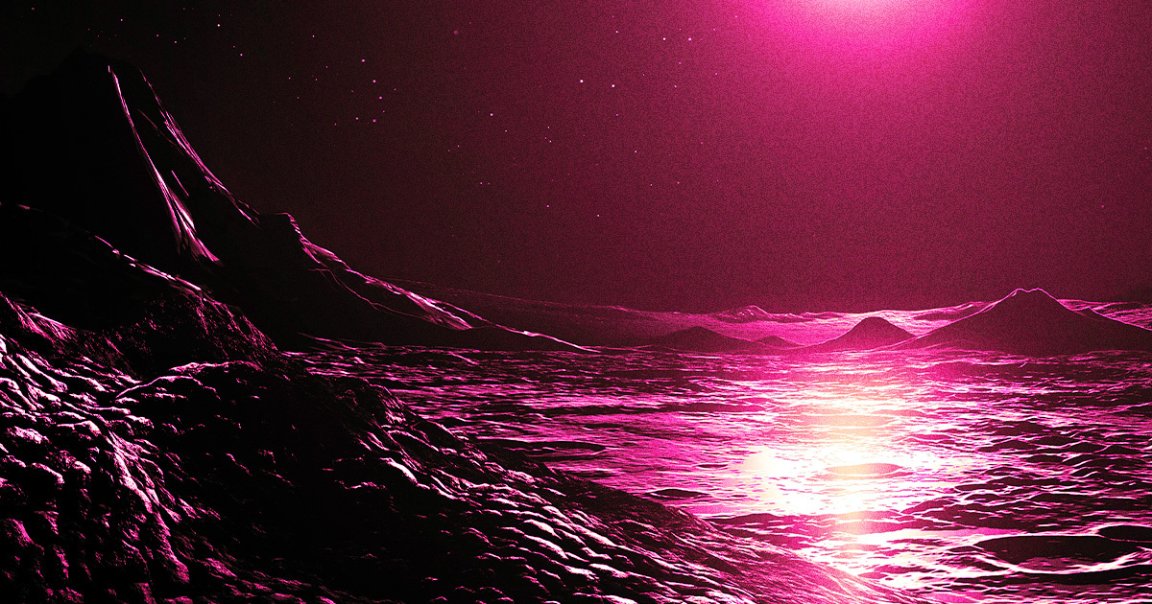
Icy Hot
The planet Mercury seems like a place inhospitable to life, with surface temperatures reaching a blistering 800 degrees Fahrenheit due to its extremely close proximity to the Sun.
But new research suggests that there are regions on the Solar System’s smallest planet that may have the right conditions for biological life to survive.
Scientists at the Planetary Science Institute (PSI) in Arizona say they’ve found evidence of salt glaciers on the planet’s surface, regions that are similar to extremely harsh and salt-rich environments on Earth where life still finds a way to exist.
“Specific salt compounds on Earth create habitable niches even in some of the harshest environments where they occur, such as the arid Atacama Desert in Chile,” said Alexis Rodriguez, PSI scientist, and lead author of a new paper published in the Planetary Science Journal, in a statement. “This line of thinking leads us to ponder the possibility of subsurface areas on Mercury that might be more hospitable than its harsh surface.”
Mystery Planet
NASA’s Mercury probe Messenger revealed that the planet contained volatile compounds — such as sodium, potassium, sulfur and chlorine — which scientists previously thought were stripped away a long time ago due to the proximity of the Sun and the planet’s lack of an atmosphere.
The researchers focused their study on two areas of the planet, an impact crater named Raditladi, and a region in the north pole called Borealis Chaos.
From studying these regions, the researchers concluded that a considerable amount of these volatile compounds are found in underground glacier-like forms that get uncovered when an asteroid hits the planet’s surface.
The scientists suggest that these layers of salt were originally formed in the planet’s distance past when volcanoes would send out water vapors containing sodium, which would condense into temporary pools of water. The Sun would then evaporate the water away, leaving behind sodium which built up in layers over billions of years.
These layers could contain evidence of life, the team proposes, much like the harsh salt pools on our planet which can harbor microbial life.
Beyond these volatile compounds and salt glaciers, more mysteries may be uncovered soon. Scientists are eager for the probe BepiColombo, a joint-European and Japanese effort, to make its way to the planet in 2025 and start gathering data.
More on Mercury: Space Probe Takes Stunning Close Up Images of Mercury